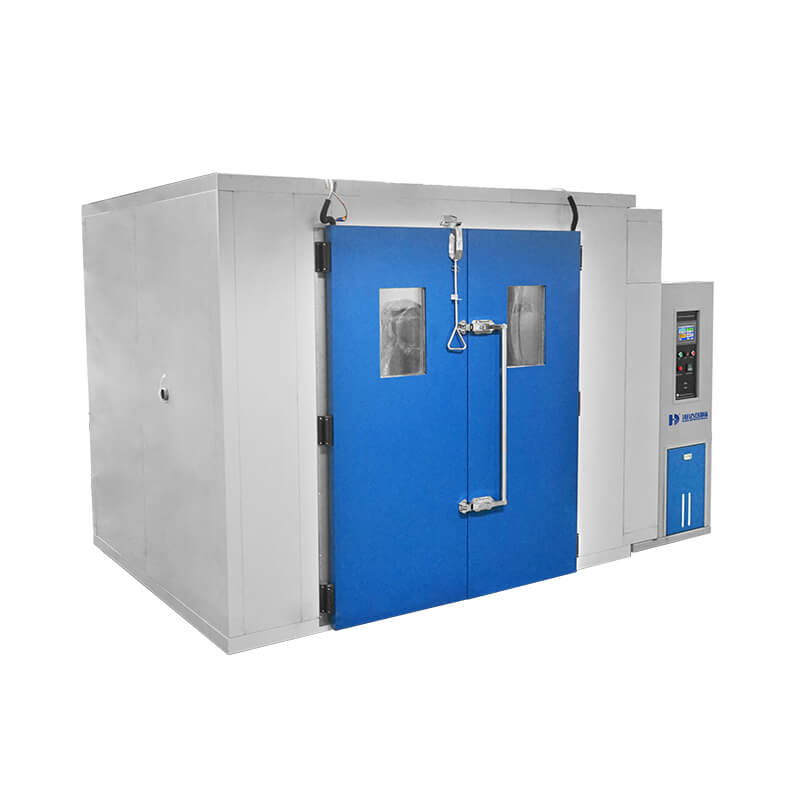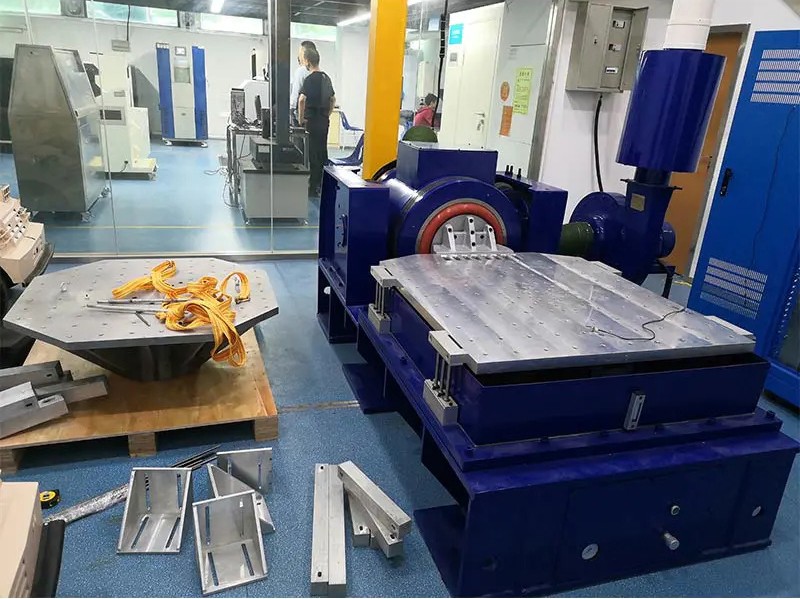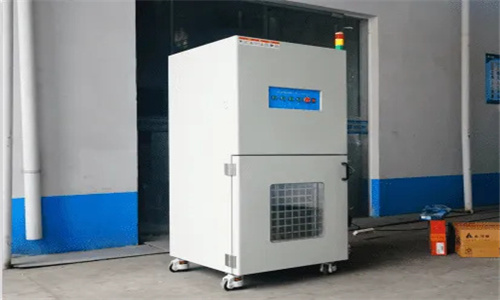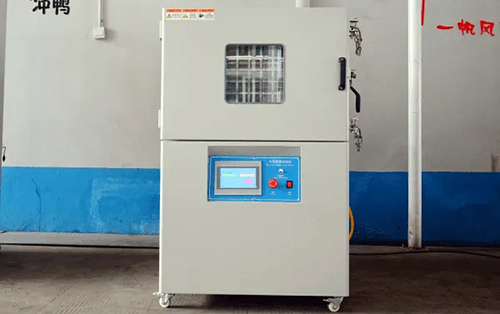Enhance Solar Panel Efficiency with the Ultimate Test Chamber
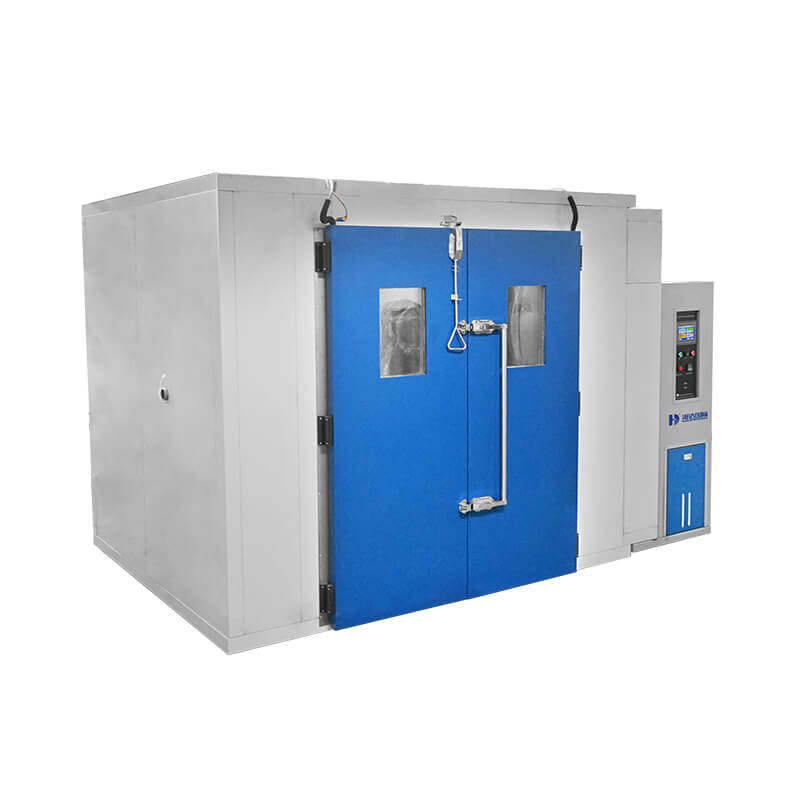
As the world becomes increasingly aware of the harmful effects of climate change, the demand for renewable energy sources such as solar power is on the rise. Solar panels, the vital building blocks of solar energy systems, convert sunlight into electricity. To ensure their optimal performance, it is crucial to subject them to rigorous testing. This is where the Solar Panel Test Chamber comes into play.
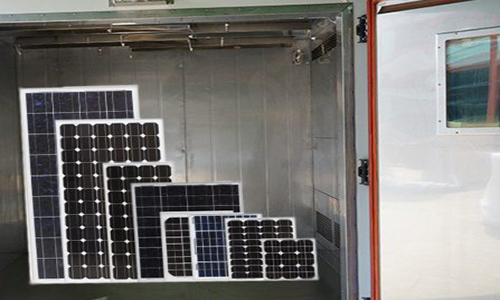
The Solar Panel Test Chamber provides a controlled environment to evaluate various aspects of solar panels, including their response under different light intensities, temperatures, and environmental conditions. By accurately replicating real-life scenarios, researchers and manufacturers gain valuable insights into the panels' efficiency, resistance to extreme weather conditions, and overall reliability.
One of the primary functions of a Solar Panel Test Chamber is to determine the efficiency rating of solar panels. Efficiency measures how well a panel converts sunlight into electricity. By conducting tests in a controlled environment, scientists can assess factors such as power output, temperature coefficients, and degradation rates, thereby enabling them to develop more efficient solar panel models.
Grid-tied photovoltaic inverters, which convert the direct current (DC) produced by solar panels into alternating current (AC) suitable for household use or grid distribution, also undergo testing in these chambers. By simulating various grid conditions, it is possible to check the inverter's response to voltage fluctuations, frequency regulation, and its ability to synchronize with the grid. These tests ensure that the inverter meets grid standards and operates safely and reliably.
Moreover, the Solar Panel Test Chamber serves as an invaluable tool for scrutinizing the performance and durability of photovoltaic cells and modules. Through specialized tests, researchers can evaluate their resistance to extreme temperatures, humidity levels, and other challenging environmental factors. These assessments help manufacturers design solar panels that can withstand harsh conditions, increasing their lifespan and customer satisfaction.



